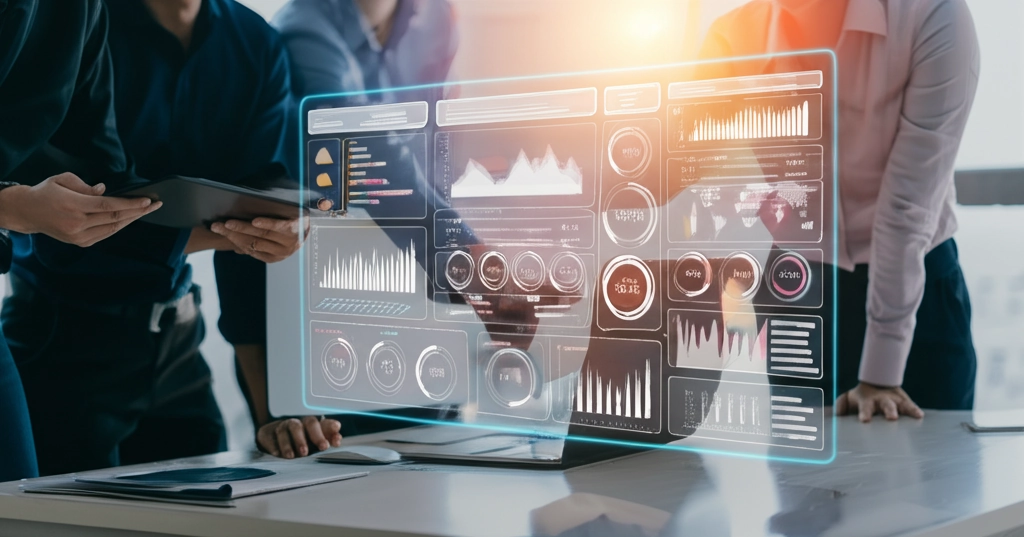
The Business Value of AI-Generated Visual Content
The emergence of sophisticated text-to-image AI generators has sparked a revolution in visual content creation, offering businesses unprecedented opportunities to enhance their marketing, streamline design processes, and transform customer communications. These powerful tools, capable of producing high-quality images from simple text prompts, are redefining what's possible in visual storytelling and brand communication.
For marketing teams, AI-generated visuals represent a game-changing resource. Traditionally, creating custom imagery for campaigns required significant time, budget, and specialized skills. With text-to-image AI, marketers can rapidly generate multiple visual concepts to test different approaches, personalize content for specific audience segments, and maintain a consistent stream of fresh visuals across channels—all at a fraction of the traditional cost.
Product design and development processes are being accelerated through AI visualization tools. Designers can quickly generate visual prototypes based on written specifications, allowing teams to explore multiple design directions simultaneously. This capability is particularly valuable in the early ideation phase, where the ability to visualize concepts can facilitate more productive discussions and faster decision-making.
E-commerce businesses are leveraging AI-generated imagery to enhance product presentations. By creating lifestyle images showing products in various contexts or visualizing customization options, these businesses can provide customers with a more comprehensive understanding of their offerings without the expense of multiple photo shoots. This approach not only reduces costs but can also increase conversion rates by helping customers better envision products in their own lives.
Content creation for social media has been transformed by AI image generators. Brands can maintain an active social presence with a steady stream of visually engaging, on-brand content without exhausting creative resources. This capability is especially valuable for smaller businesses that may lack dedicated design teams but still need to compete for attention in crowded social feeds.
Internal communications and training materials benefit from the ability to quickly create custom visuals that illustrate specific concepts or scenarios. Rather than relying on generic stock photos, companies can generate precisely tailored images that more effectively communicate ideas, enhancing comprehension and engagement among employees.
Real estate and architecture firms are using AI-generated visuals to help clients visualize properties and spaces before they exist. By generating images of proposed renovations, interior design concepts, or future developments, these businesses can create more compelling presentations and help clients make more confident decisions.
Despite these advantages, businesses must navigate important considerations when implementing AI-generated visual content. Quality and style consistency, while improving rapidly, can still vary. Legal and ethical questions surrounding copyright, originality, and disclosure of AI-generated content remain evolving areas that require careful attention.
The most effective approach for many organizations is to view AI-generated visuals as a complement to, rather than a replacement for, human creativity. By using these tools to handle routine visualization tasks, generate initial concepts, or create personalized variations, creative professionals can focus their talents on higher-value activities that require human judgment, emotional intelligence, and strategic thinking.
As text-to-image AI technology continues to advance, we can expect even more sophisticated capabilities, including greater photorealism, more precise control over outputs, and seamless integration with other creative tools. Businesses that thoughtfully incorporate these technologies into their visual content strategies will enjoy significant advantages in efficiency, personalization, and creative exploration, ultimately creating more compelling visual experiences for their audiences.